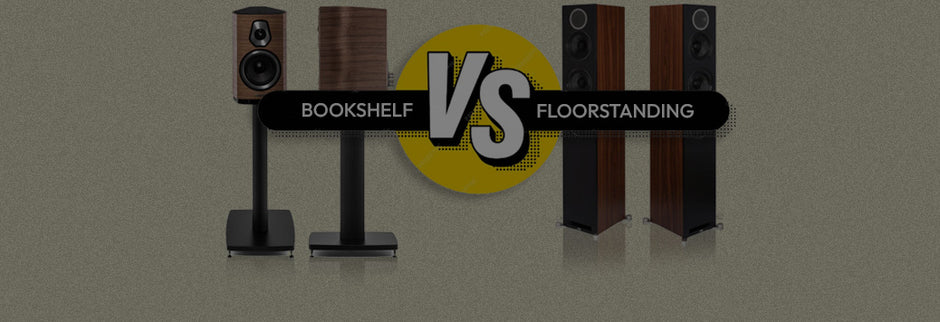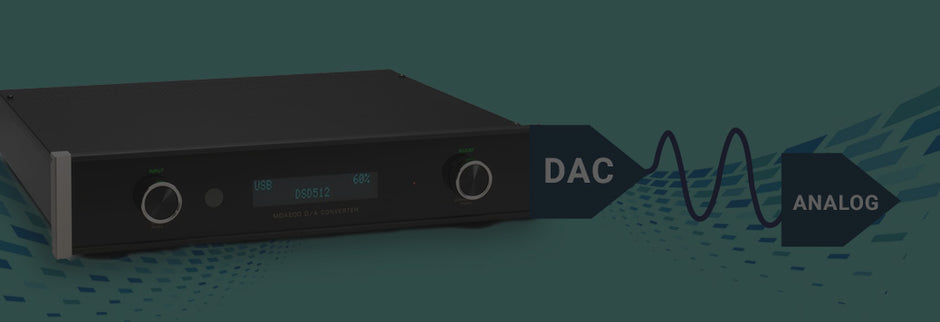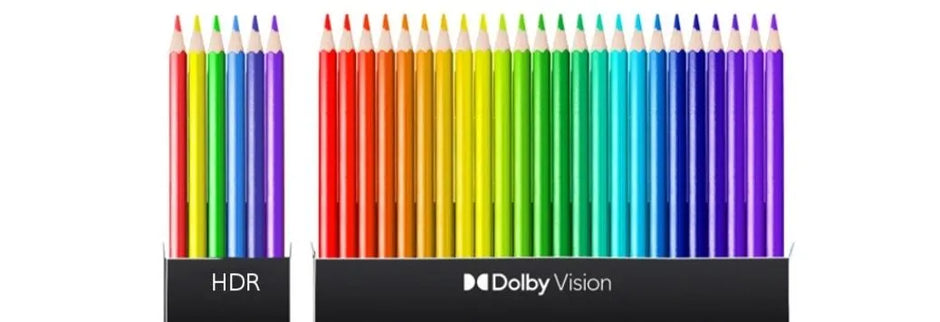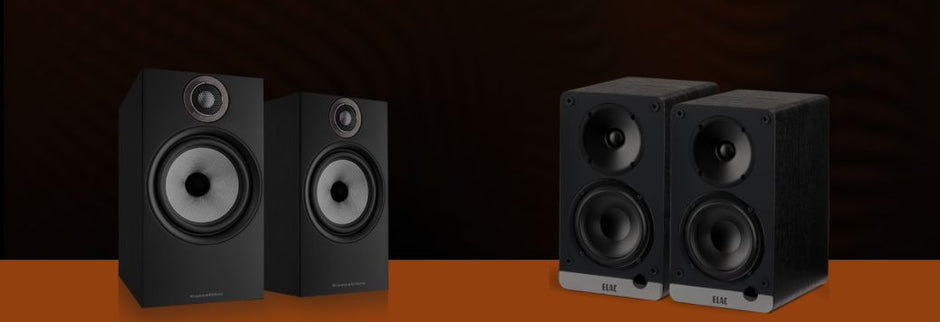Are you looking for a quick and easy explanation on the various classes of power amplifiers, their strengths and weaknesses and the different technology involved?
For the uninitiated, the way an amplifier combines power and signal defines its class.
When discussing classes of power amplifiers, there are terms like Class A, AB, G/H or Class D that each mean something significant in audio amplifiers and bring something unique while also amplifying the input signal without introducing distortion.
A Quick Breakdown of Amplifier Class
The efficiency and sound quality of each amp class vary depending on the design that is chosen.
The final output of the amplifier is provided by banks of output transistors, each of which is a small amplifier on its own.
- Class A Amplifiers: A high fidelity amplifier class which is rare and expensive. Each Class A output transistor amplifies both the negative voltage and the positive voltage parts of the signal's AC waveform, increasing the workload and raising more heat. Class A amps function at a 25% efficiency level and the remaining 75% of their power is turned into heat.

- Class B Amplifiers: These ease the workload of each output stage by replacing the single transistor there with two transistors set up in a commonly referred to as "push-pull" arrangement. The class B amplifiers are more efficient with low fidelity, however, they produce more distortion.

- Class AB Amplifiers: These amplifiers offer higher fidelity and efficiency, the push-pull pair of output transistors in a Class AB amp are each on more than half the time, and they don't turn on and off abruptly. Class AB amplifiers are a practical and apt choice for home theatre and stereo amplifiers.

- Class C Amplifiers: Class C amplifiers present higher efficiencies than class A, B or AB. The usual application for class-C amplifiers is in RF transmitters operating at a single fixed carrier frequency, where the distortion is controlled by a tuned load on the amplifier.
- Class D Amplifiers: Class D amplifiers are not digital devices. Most of the amplifier circuits will be strictly analog. Generally, audiophiles won't use Class D amplifiers in their systems stating the need for filtering out generated distortion.

- Class G/H Amplifiers: They offer enhanced efficiency over the Class AB amplifiers. Class G utilises more than one stable power rail. They function on the power supply section. Class H is a notch above the class G as it consistently varies the supply voltage at any time.
They both require considerably more complex power supplies that leads to a higher cost of implementing these features. The quantity of heat produced varies among amplifier classes. The internal components and output signal of the amplifier will be harmed by excessive heat.
Also Read: What are the differences between Class A, AB, and Class D amplifiers? Explained
Which power amplifier gives maximum distortion?
Distortion is undesirable in audio amplification and affects the fidelity and accuracy of sound reproduction. No amplifier type is designed to produce maximum distortion intentionally, but there are certain factors that can contribute to greater levels of distortion in different amplifier designs.
In class C amplifiers, the transistor conducts for less than one-half cycle of the input signal (i.e. conduction angle is less than 180° around 80° to 120°).
THIS reduced conduction angle boosts the amplifier efficiency but creates higher distortion.
Lesser conduction angle translates into greater distortion and so this class of amplifiers is not appropriate for audio amplification. They are used in high-frequency oscillators and amplification of Radio Frequency signals.
Also Read: Power Amplifiers - Meaning, Types & Best Tips to Buy Power Amplifiers
Which amplifier has the highest efficiency?

Among the different classes of power amplifiers, class D amplifiers are the most efficient type of amplifier. As compared to other analogue classes such as A, B, AB, and C amplifiers, it has the most superior level of power efficiency.
The technology used in the D amplifier is non-linear switching technology and the output devices may be turned on or off.
Which amplifier is the best? Any clear winner among the classes of power amplifiers?
- Class A amplifier design is the least efficient but offers the highest sound fidelity.
- Class B amplifier design is a little more efficient, but there is a greater amount of distortion.
- Class AB amplifier design offers power efficiency and a good level of sound.
- Class D amplifier design has the highest efficiency and smallest footprint.
Finally, when choosing a power amplifier, what are the important factors to consider?
The key factors to consider to ensure optimal sound quality include:
- Power efficiency
- System compatibility
- Personal listening preferences
- Distortion characteristics
Also Read: Power Amplifier Buyer’s Guide 2023
Hopefully, this blog has been useful.
By learning about these distinctions in the classes of power amplifiers, you will be able to choose with a better clarity. Additionally, get in touch with our Ooberpad professionals if you need assistance or have any questions.









